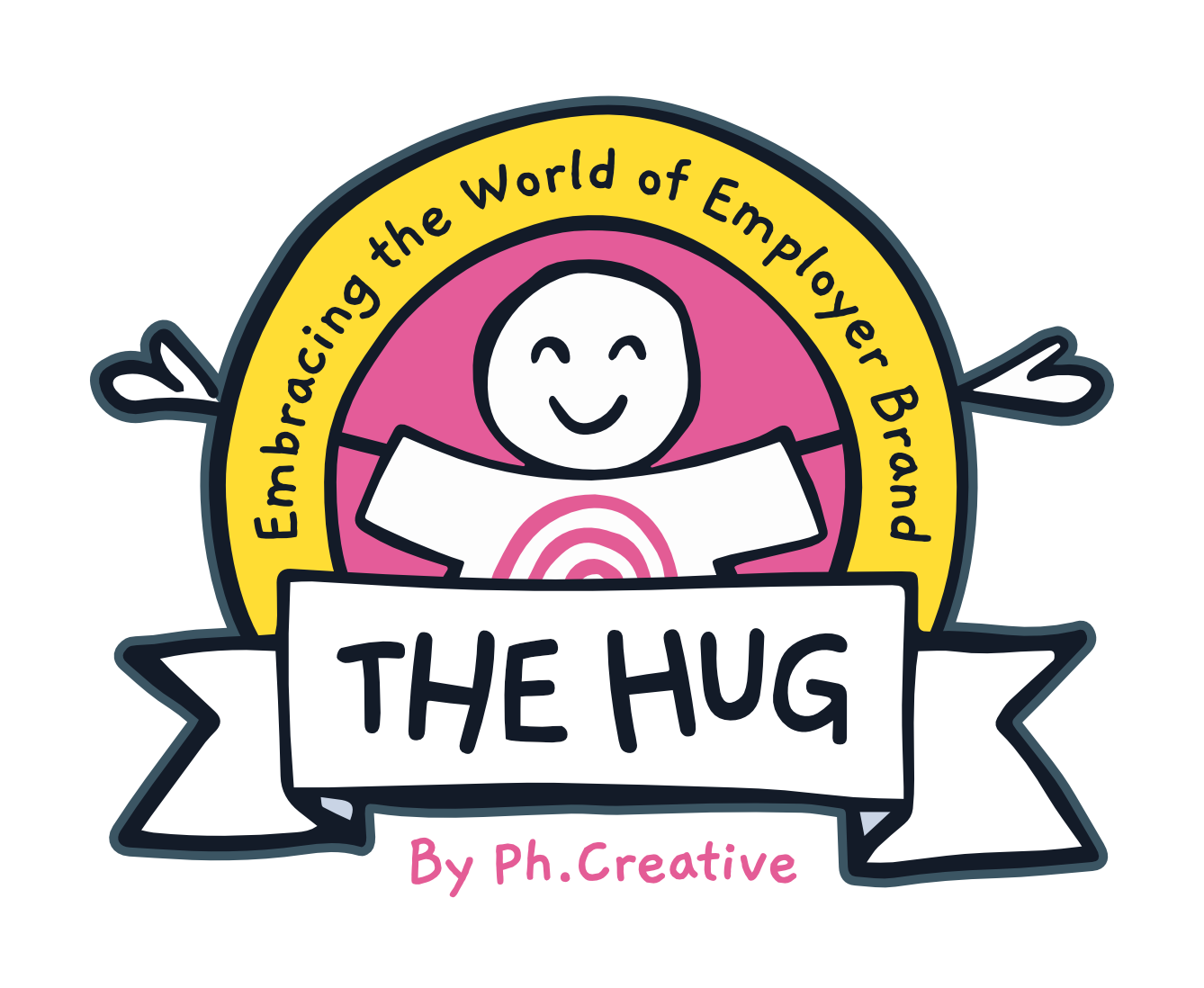The Crucial Role of Learning and Development in Employer Branding
4 min read. Nikos Foros, Employer Branding Solutions Lead at Athens-based online recruiter Kariera talks about a key advantage in the war for talent…
Nikos Foros, Employer Branding Solutions Lead at Athens-based online recruiter Kariera talks about a key advantage in the war for talent…
What we have seen from our recent research is that candidates are looking for their next employer to offer them an active learning and development plan.
We conducted a survey of over 1,100 professionals in Greece in 2022, from three main industries (IT, Retail & Call Center), where 65% of them stated that they are satisfied with the employer when they offer development opportunities and 45% of them also stated that the absence of L&D initiatives is a reason for choosing another employer.
It is an essential asset to an Employer Brand, because it builds a people-centric culture of development inside the organisation (as stated by 83% of organisations in the 2023 Workplace Learning Report presented by LinkedIn Learning) which is really important for candidates looking to improve their skills, broaden their knowledge and be more productive at work.
It is vital to the reputation of an employer to actively present learning opportunities like seminars, courses, or a structured career path for different roles for potential candidates and new employees. It shows an organisational culture that understands the needs of an employee, and is willing to offer support by giving them “the means and tools” they need to really succeed.
Better educated and trained employees add value to the organisation, are more productive and more engaged with the company. This helps the retention metric of an employer because people feel valued and are therefore more likely to stay so that they can continue to learn and grow. It can also mean that they might convince other employees, who maybe are not as engaged as they are, to want to stay, excel and develop themselves by taking advantage of the available learning opportunities of their current employer.
How to implement an L&D program
First of all, it's important to understand what your employees need so you can build a learning program that fits the requirements of your organisation. So, start by asking them what type of learning opportunities they would like to have if there is nothing already in place.
Run a survey across the organisation, test different learning methods and opportunities, collate the results and set up a framework to discuss them. Asking your employees what they want to learn and building upon those requests can empower a culture of belonging.
One very important factor is to give the opportunity for asynchronous learning through an educational platform (Udemy for Business, LinkedIn Learning etc.) so that they can learn in their own time. There’s value in something that gives employees the opportunity to be able to learn at any time and to share that knowledge.
LinkedIn Learning, used by thousands of companies around the world, is a very valuable tool, because you can learn and create a network with individuals and professionals in the field that you’re interested in. You can also share your successes and show other employees that you're learning through your organisation, which is a great motivator. By focusing on the data provided by such a platform, employers can create specific seminars and workshops based upon the needs that they have identified and offer certification, possibly in partnership with another educational institution.
Another important area that it should be built into the culture of the organisation and not just for the management team, but for everyone in the company, is financial assistance for studying.
For employees that want to gain educational qualifications, such as a master’s degree, you could offer financial support so that they have everything they need to get that certification.
Coaching and Mentoring programs
Active mentoring and coaching programs can be vital for employees’ development inside an organisation.
Employees could have a mentor from their field inside the organisation, with whom they can meet to discuss their personal development, what aspects of themselves they should improve or what areas they should seek more information about in terms of knowledge sharing. Networking with other individuals, and in higher roles, can help them improve specific soft skills that they might need for their current or future role, and it also gives them someone they can look up to as a role model.
A coaching program can be a powerful tool for building a stronger people-centric culture within an organisation. By investing in coaching for employees, employers can demonstrate a commitment to employee development and growth. Coaching can also help employees feel valued, heard, and supported, which can lead to greater engagement, motivation, and retention.
Coaching is a cultivated culture inside an Employer, that should be led by specific methodologies, training elements and structured guidance for managers to be able to evolve their peers. For example, a very common methodology in coaching is the GROW model (Goal, Reality, Options and Will) which many organisations use. A good way of thinking about the GROW Model is to think about how you'd plan a journey. First, you decide where you are going (the goal), and establish where you currently are (your current reality). You then explore various routes (the options) to your destination. In the final step, establishing the will, you ensure that you're committed to making the journey, and are prepared for the obstacles that you could meet on the way.
Developing career paths
As a new employee in an organisation, you need to know what steps to take in order to reach a higher role. Such as:
What are the requirements?
What skills do I need to develop?
What is the process?
And what is the timeline for that progression?
With that specific knowledge, you can start planning your progress and put in place a development plan. More than 50% of global organisations do not outline clear career path structures to their employees. A culture of transparency about employees’ development inside an organisation is important if they want to create an environment where employees feel comfortable enough to discuss such matters.
“Internal mobility boosts retention and builds workforce skills. Highlighting career paths based on organisational goals is both people-centric and business-centric. Helping people make an internal move boosts retention.” According to the 2023 Workplace Learning Report presented by LinkedIn Learning, an employee who has made an internal move has a greater chance of 75% likelihood to stay with their company.
At the same time, managers need to be able to provide constructive feedback to their subordinates about their potential career path, and the prospects for promotion and advancement. Maybe they missed out on a promotion because they were not capable enough or skillful or not the right fit for the role for some other reason. It is crucial for a manager to go back to that person and help him/her understand what the differentiating factor was between them and the other candidates. In that way, they can build the required skillset so that when a similar position opens, they will be ready and can be considered for it.
Early career opportunities
Early career opportunities inside an organisation are vital for a company's Employer Branding because they demonstrate commitment to developing and investing in its employees. By offering entry-level positions, internships, graduate programs, and other early career opportunities, companies can attract top talent and create a pipeline of skilled and motivated employees. Moreover, early career opportunities can help the organisation build a positive reputation among job seekers, as word-of-mouth and online reviews spread about the company's commitment to employee development.
Having a reputation as a career catalyst employer that offers opportunities for young people to start their career without having the necessary experience that most companies require, is extremely attractive to candidates. Most companies advertise that they require a minimum level of experience because they want someone who can do the job on the first day. But that excludes candidates who have just graduated or are still at university and want to start working to gain that experience.
In Greece, internships are more common but we're not seeing many successful graduate programs. According to our study (among 149 companies from IT, Retail and Call Center industries), the percentage of companies with established graduate programs is lower than 15%.
Such programs provide an opportunity for a new employee to have a 360° view of the organisation by spending quite an amount of time (most programs last one or two years), perhaps six months in marketing, then in sales, afterwards in front-line and maybe the last six months in another department. That can equip them with a real overview of the company, and that person can become an essential executive in the future, because of their holistic understanding of the organisation.
When you develop a reputation as an employer that offers learning and development opportunities, it makes people want to stay with you, because they are not only working on something they like, they're getting value for themselves. And later they are going to talk about with their peers and friends, adding credibility your Employer Brand.
So, why don’t all companies do it?
It depends on the organisation and what its priorities are. Some companies may feel it’s more important to offer other specific benefits - financial or procedural - but not developmental. It is also worth mentioning that many candidates are willing to sacrifice part of their salary if the employer provides a good learning and development program and a clear path to advancement. So, an employer who may not be able to compete on salary or other benefits but provides excellent learning opportunities, can still attract the best talent.
According to the 2023 Workplace Learning Report presented by LinkedIn Learning about learning and development opportunities and C-suite influence, we’re seeing an increase in 2023 compared to 2022, in the involvement of L&D leaders in discussions with CHROs (43% to 50%) and other Executive Leadership members (39% to 44%).
That shows that there is a positive shift on L&D mentality among C-level executives because not only do employees need them but now leadership has started to understand the importance of investing more on L&D opportunities and if they don’t have them, they must create them.
Sign up for the next Sprint Series
Sign up to our blog

Every other Thursday we share:
✔ One feature full of our freshest insights
✔ An expert hack you'll love to use
✔ The links you need now
+ other helpful bits for thousands of EB and TA pros just like you

